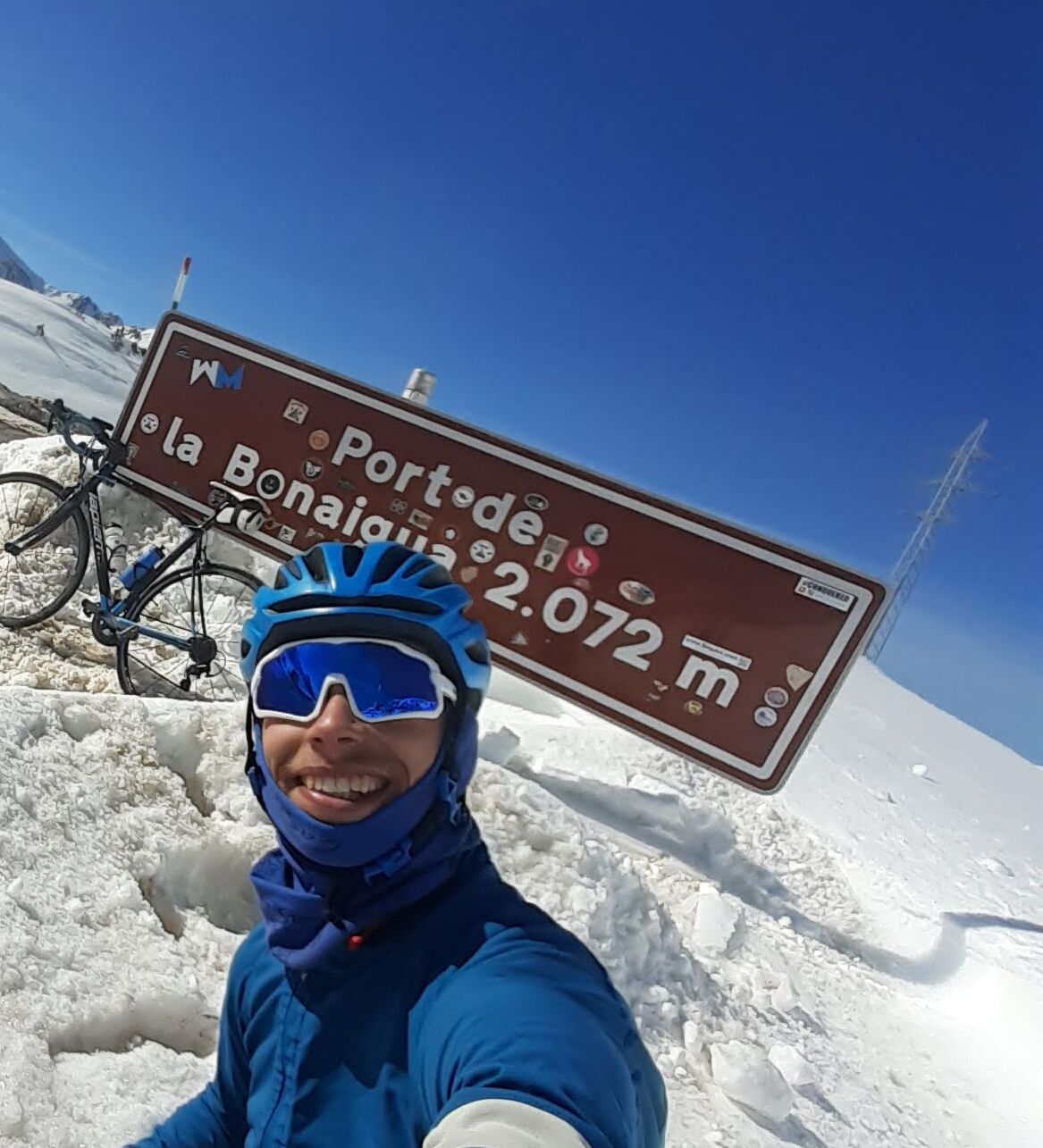Playground of the pros: why Andorra is now the must-go destination for mountain challenges
Move aside Majorca and the French Alps, Andorra is now the must-go-to place for all cyclists craving mountain challenges
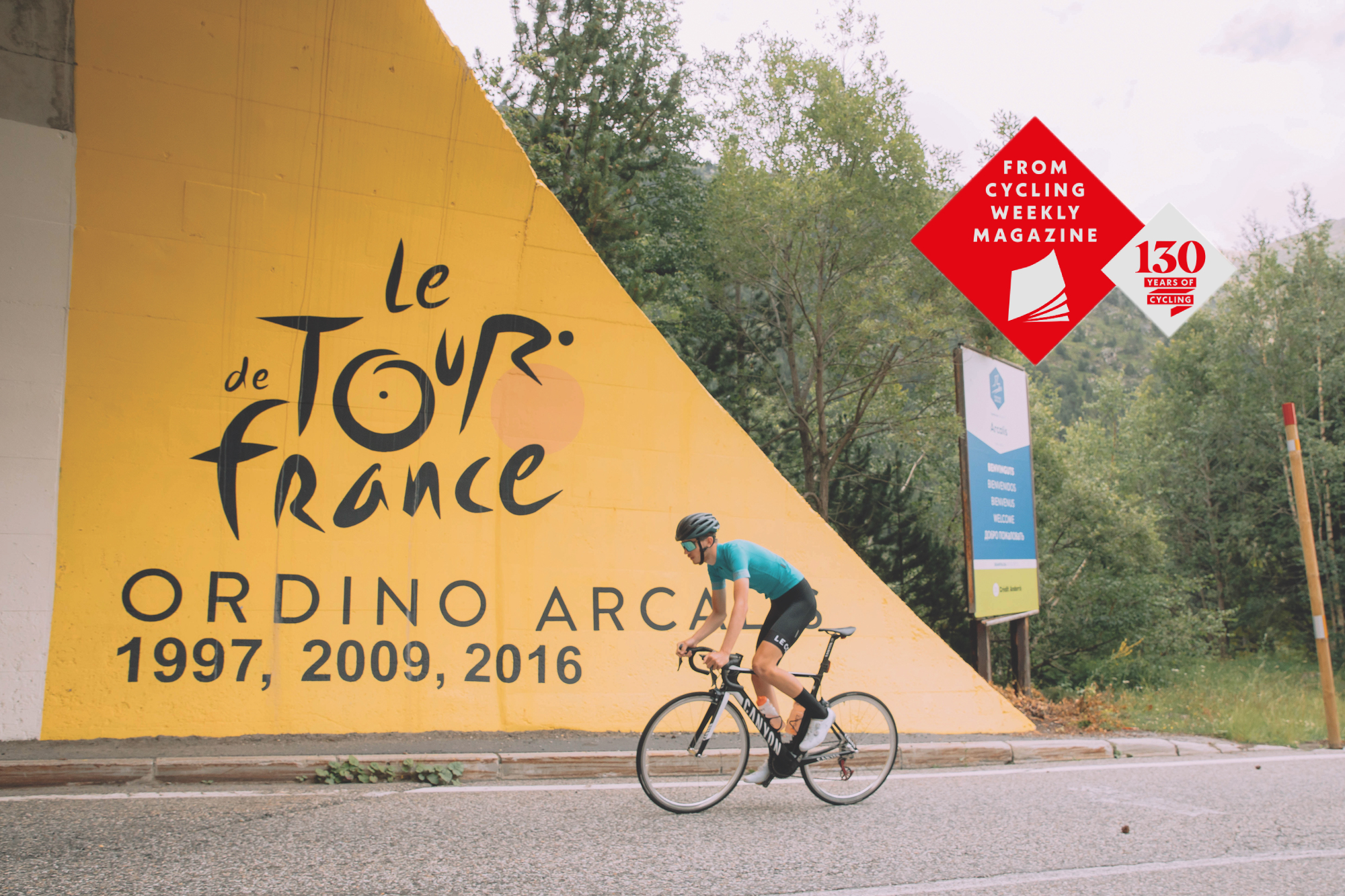
Chris Marshall-Bell (Daniel Gould)
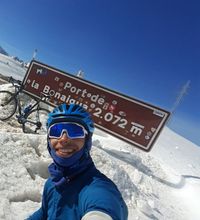
Cycling is going through a generational change. Elite-level racing is being dominated by young riders belying their age, and comparatively minimal experience, and many of them are choosing to live in a country where few had ever even been just a decade ago: the Principality of Andorra.
Sandwiched between France and Spain in the magnificent Pyrenees, the country – at 468 square kilometres, just marginally bigger than the Isle of Wight – packs in 21 cols and mountain passes, ranging from 6.1km long to 35km.
Its mountainous terrain, allied to its low taxes and reasonably priced day-to-day living, make Andorra an obvious haven for pros. “It’s now the cyclist’s home of choice,” declares Koen de Kort (Trek-Segafredo), a professional of 20 seasons. “Previously, the riders on big contracts were in Monaco, and the rest in Girona, that’s how the pros were divided. But people have realised it’s more beneficial to live in Andorra from a riding and financial point of view.”
The numbers of amateurs making the trip to the principality is rising too.
>>> Subscriptions deals for Cycling Weekly magazine
“I’ve seen a massive influx of pros but also tourists,” Canadian ex-pro Svein Tuft tells us.
Cycling Weekly went to see why so many professionals – including Britain’s Tom Pidcock and Tao Geoghegan Hart – joined the 78,000 residents that call the Catalan-speaking country home, and within just one ride we were ready to declare it the best place in the world to ride if you love climbing.
The latest race content, interviews, features, reviews and expert buying guides, direct to your inbox!
With the help of Tuft, De Kort and Jack Haig of Bahrain Victorious, we list the five climbs in the country everyone should do when borders finally reopen.
Coll de la Gallina (via Fontaneda): 12.1km, 8.4% average
If your trip to Andorra is to test your fitness, then this is where you will be led to. There really aren’t many roads quite like it. It is the benchmark climb. 12.1km long, averaging an unabating 8.4 per cent gradient – including a smattering of 15 per cent, or steeper, slopes – it takes you upwards of 1,000 metres of vertical elevation. It’s as savage as it is gloriously wonderful, and the reason the Vuelta a España has visited three times since this side was paved in 2015.
During the Vuelta’s first visit, De Kort struggled so much that, “I immediately said I never want to do it ever again.” Only post-lockdown rules banning residents from leaving the country forced him to ride it once more. Not that he enjoyed it. “It’s absolutely horrendous,” he laughs. “It’s a horrible climb. Way too steep.” Just in case we haven’t quite got the message, he adds: “It’s just terrible!”
For what it’s worth, CW thought it was terrific, revelling in the uniqueness of the challenge. Each metre has to be fought with, the incessant ramps demanding a battle. It’s at its most difficult between six and 10 kilometres in, so remaining calm and resisting any urges to satisfy your attacking sinews in the earlier, ever-so-slightly shallower parts is more important here than on almost any other climb.
“Do not get carried away at the bottom because it’s such a brutal climb,” Haig says of the ascent he does least in the country. “If you do blow up halfway up there, there’s no hiding place. You’re at walking pace because it’s so steep so you have to pace it. It’s steep, long in terms of time and distance, and your speed will always be slow.”
Tuft says that it is a “good fitness indicator because it’s a real push”. He adds: “I would ride it before a Grand Tour, and if I felt good I knew I’d be OK. But you won’t enjoy it because simply getting up the bloody thing is hard.”
He suggests that it lends itself perfectly to an Everesting challenge. “A heavy percentage, it’s consistent, you’d only have to do it eight times – it’s perfect for it.”
One ascent and descent is probably enough though. It’s a major accomplishment, but if you do reach the top without feeling exhausted, then it might be worth checking what was in your breakfast. “If I go well up that climb and feel good, well, then I must be doping!” chuckles De Kort.
Els Cortals d’Encamp: 8.9km, 8.5%
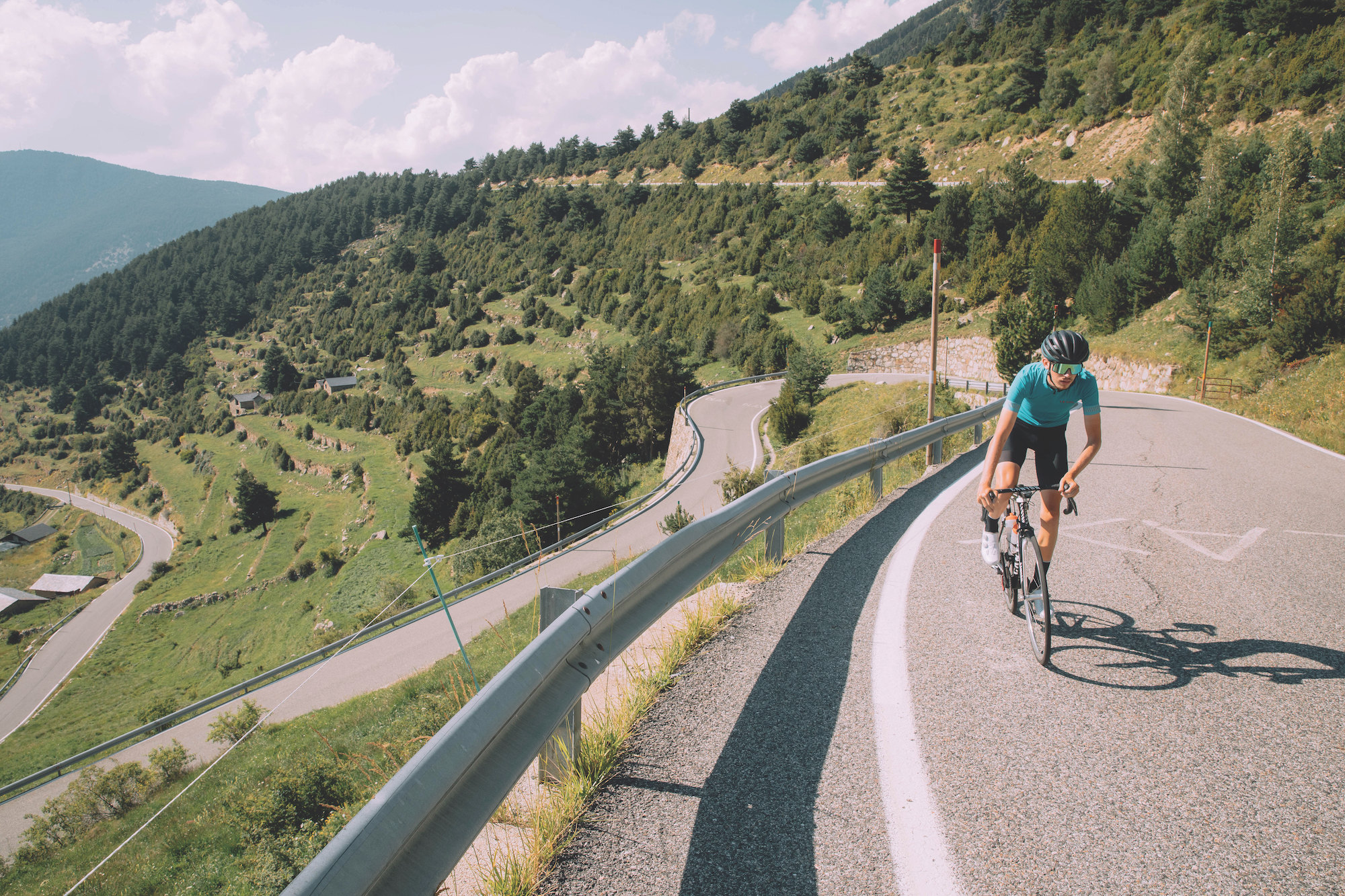
This climb of changes encompasses a myriad of landscapes and a varying climate, and is a ride that alternates between pleasurable, nasty and insulting. Its characteristics explain why the Vuelta a España visited in 2015 and 2019, both times the stages being won by explosive climbers who feed on their rivals’ weaknesses: first Mikel Landa and then Tour winner Tadej Pogačar.
As is standard in the Principality, the climb doesn’t allow you to settle in. Riding in your third-lowest gear is a sensation that lasts barely a millisecond as you flick furiously down the block to deal with the double-digit gradients through the residential area of Encamp. It remains steep for the first five kilometres, but then the climb’s severity lessens a bit and the landscape opens up.
As you lift your eyes off the road and chalk dedicated to UAE Team Emirates rider David de la Cruz and look to the left, you see the expansive Pyrenean mountains fall away one by one, layers of conifer trees seemingly spilling into each other, interrupted only by giant cliffs and the occasional rock slide. Haig comments: “It’s a long, slow climb those first few kilometres but then it opens up into the big valley and it’s spectacular. You get to look across the valley and into the big city. Andorra is quite closed and tight, so it’s really nice to have it open up like that.”
Tuft says: “I love the high Alpine country feel up there and looking down the valley when it begins to become nicer to ride. One year, I was riding up there and when I looked down the valley I saw two little figures ripping it up and I thought for sure these guys were on e-bikes. I kept my pace, a steady effort at a few hundred watts, and then these guys come past me. Who were they? The Yates brothers!”
The final three kilometres sees the return of rising gradients in parts and the sight of speed bumps, accompanied by signs informing you to slow down, an insult that is felt deeply. Exhausted and delirious at an elevation of 2,083m, the dancing Alpine flowers – pinks, blues, yellows, reds – appear to wave at you, apparently congratulating you on your effort. When you’ve regained your composure, the reason becomes clear – it’s just really windy. “It’s horrible, hard, but I do really enjoy it,” says de Kort. We hear you, Koen.
Port de Cabus: 15.6km, 6.2%
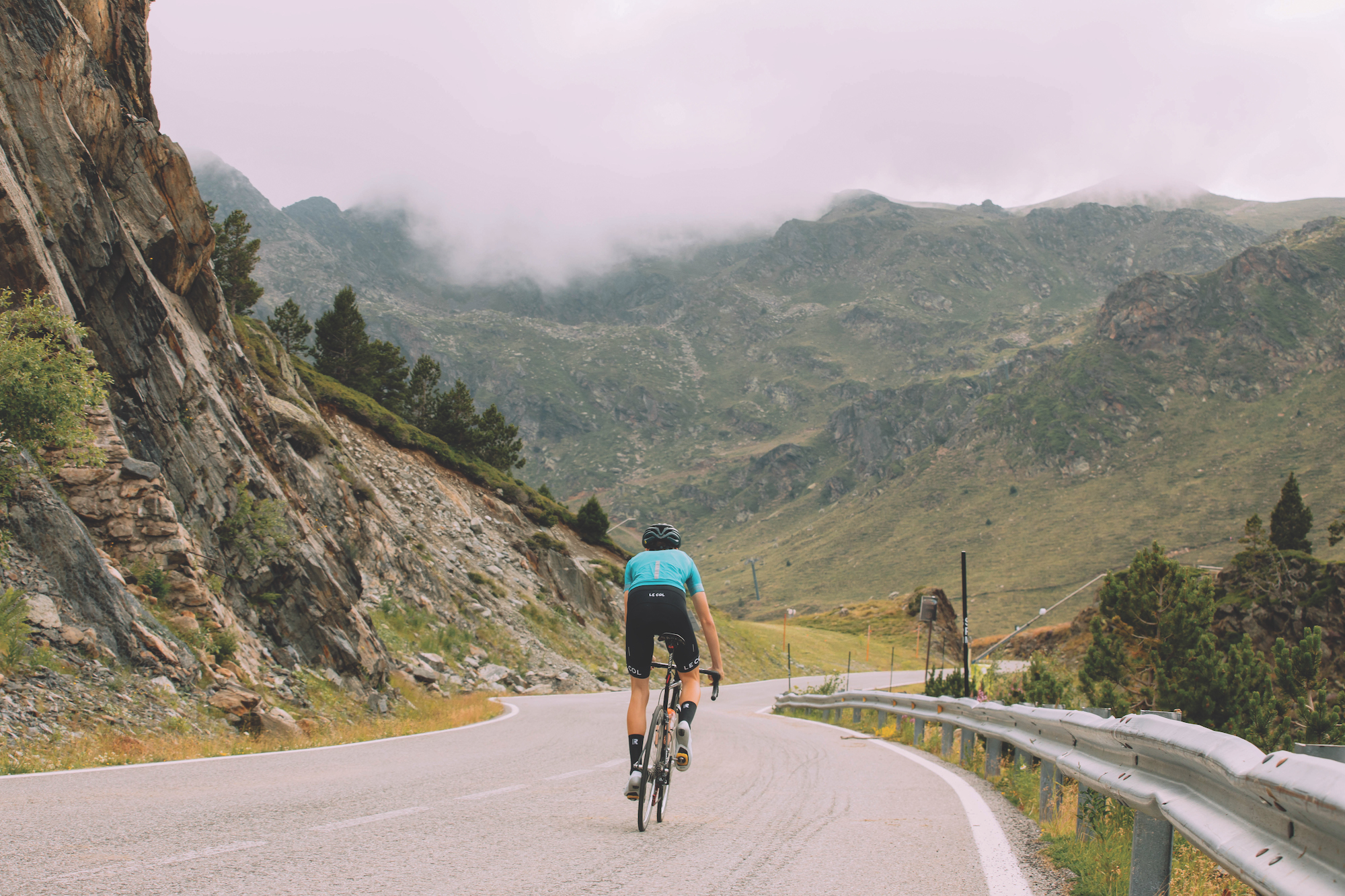
As unique as it is memorable; the pros' choice of climb could quite likely be many amateur riders' longest-ever ascent and to their highest-ever altitude. Just to stimulate excitement further, it’s even possible to ride an extra few pedal strokes and cross into Spain for no reason at all other than because you can. Oh, and the wild horses that roam across the unmarked border are beautiful.
Officially, the total elevation gained is 962m, but start, as is quite likely, in Andorra la Vella at around 1,000m, and you are faced with 1,300m of climbing in 24km. Bring the snacks, get comfortable and settle in for the most torturous fun of your life. “It’s the hardest climb in Andorra,” attests Haig. “It’s the best climb in Andorra,” shouts De Kort. “It’s a paradise,” is Tuft’s verdict.
The first five kilometres are quite mild and typically in the shadow of the mountains and trees until you reach the village of Pal. This town of 250 residents doesn’t, however, herald a friendly welcome, kicking the gradients up sharply. The Vallnord ski resort chairlifts to your right disappear over the high mountains, in the winter taking skiers and snowboarders to a height of 2,080m, more than 200m lower than your target.
At the roundabout, swing a right and appreciate the lessening off of gradients. The most painful hardship is behind you.
“The first 10km are the steepest, and then it’s just about the spectacular views,” says Haig. It’s a Disneyland of adventure up here: road cyclists, mountain bikers, gravel riders, runners and hikers are all likely to be spotted as you sit atop the high plateau, approaching the goat path that will take you the last 5km to the summit.
“Out of the lower slopes, it opens up and seems massive. I spend a tonne of time up there,” says Tuft. “Actually, I’m up here now as we speak! I love that high Pyrenean country feel that you get in the vast expanses.”
>>> Cycling Weekly is available on your Smart phone, tablet and desktop
There is a catch to the magnificence, though. “You can feel the altitude in the last three kilometres,” Haig says. “You’re pretty high. You’re helped by there being a fast-rolling section just before where you can get some pace before it kicks back up, but you have to account for the elevation.” Upon reaching a top that is devoid of any fanfare, roll onto the gravel path up ahead and enjoy your rest in Spain to the sound of cowbells and in the vicinity of inquisitive wild horses.
Arinsal: 7km, 8.2%

Dear ASO, why has the climb of Arinsal never been included in the Tour de France or Vuelta a España? Yours truly, a baffled cyclist. List the requirements of a Grand Tour-worthy climb that will cause disruption to the general classification and have every viewer at home scrambling to find out more about it, and Arinsal fits the bill perfectly.
Starts and finishes in an infrastructure-ready setting? Tick. It begins in a town and tops out at a ski resort. Cyclists live on the road? Tick (including Simon Yates). Ridden frequently by pros? Tick. “It’s my bread and butter climb,” says Tuft. Steep gradients? Tick. Spectacular looking? Tick. Altitude? Tick. Anything else? Yes, says Tuft: “You’re at the end of the country on that particular side and just below the slopes of Coma Pedrosa, the biggest mountain in the country.” Can you tell we’re a fan?
Passing the bakeries, hotels and pubs advertising après-exertion beers, you will creep up the first three kilometres, battling the eight to 10 per cent gradients. As you leave behind the population and start to tackle the switchbacks, the road continues to point skywards.
Your head will bob around like Chris Froome's as you question the physics of how on earth a ski resort is perched on top, the chairlifts ascending above you at a near 45 per cent angle. The road swings to the right, and then back left, the crux of the hairpins giving you an even sharper incline. “I love the look of switchbacks,” Tuft says. “With all the switchbacks it feels like you’re getting s**t done. And in training, you can really enjoy them.”
On Arinsal, they’re a joy. They come so quick in the mid-section of the climb, throwing you one way and then back the other less than a minute later; the sun pierces your eyes and before you’ve had time to adjust it’s now warming your back. “It’s such a constantly steep climb and I love it,” Haig says. “There are so many contrasts to appreciate.”
Maybe such a gem is best kept a secret? Tuft thinks so: “It’s the most underrated climb and so quiet. I love going up there and it’s never busy, even in the summer. You have the road to yourself.”
Arcalís: 18km, 5.2%
Unlike its neighbour Arinsal, Arcalís is steeped in racing tradition and many dramatic chapters of the sport’s history have been written on its slopes.
At the 1997 Tour de France, a 23-year-old Jan Ulrich made a daring move and triumphed at its summit to claim the yellow jersey that he would wear all the way to Paris. Twelve years later, Alberto Contador couldn’t resist his perpetual attacking impulses and gained 21 seconds on his own team-mate, Lance Armstrong, while Tom Dumoulin triumphed in 2016. The Vuelta a España’s order has also been disrupted during its four visits, while the Volta a Catalunya has made the short hop across the border too on occasions.
A wide road without too many taxing sections, it is an enjoyable climb to an altitude of 2,225m. De Kort has some advice worth heeding though: “On these kind of climbs, you can’t push yourself too much: you have to ride within yourself, keep the pace high, and when you get to a steep sector, push through and try and maintain a rhythm.”
The opening kilometres are a rarity in the country because they are relatively shallow, averaging around two per cent. The climb proper begins in El Serrat and its opening ramps are harsh. Tuft describes them as “very solid steeps”. Following these ramps, the road heads in a straight direction for three kilometres, before a short tunnel acts as a welcome to the next portion of the climb, a mural of the Tour de France just about distracting you for a few seconds.
And then the switchbacks arrive, all 11 of them in just 2.5km, some spaced just 160m apart. Weaving ferociously up the valley’s bank, as if desperately trying to figure out a way to get to the top and peer over the valley that funnels out in front of it, the hairpins all average around seven per cent but have parts at 12 per cent. The upper collection turns into a ski slope in the colder months, becoming a winter playground favourite of skiers from the Freeride WorldTour who produce mind-boggling tricks at about 10 times the speed you will be creeping up.
There’ll be no spinning and dancing for you, just a steady scramble to the summit. “The switchbacks make it a really epic climb,” Tuft says. “It ticks so many boxes – definitely a favourite of mine.” Bradley Wiggins has said the same thing, too.
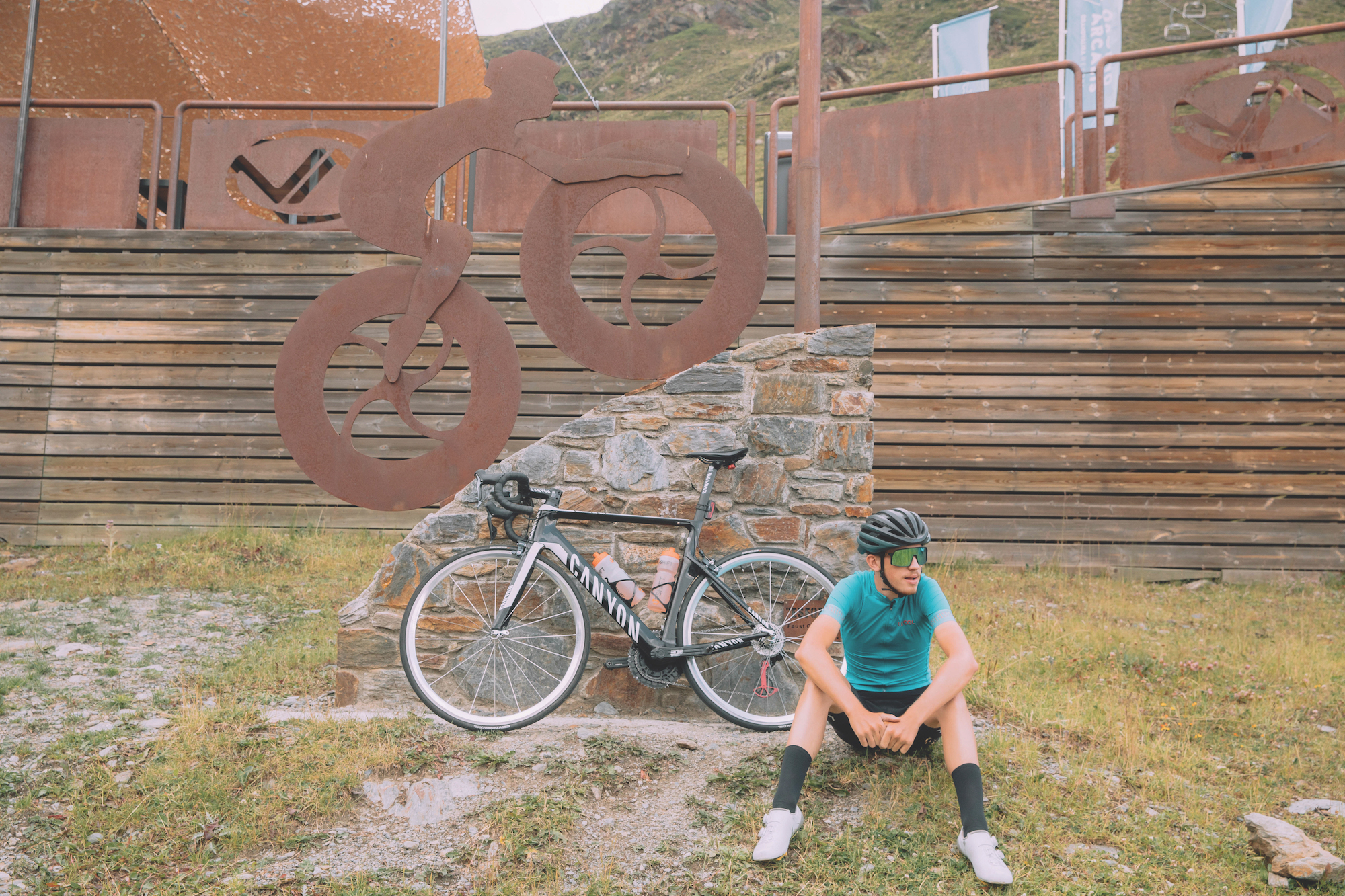
Where to stay
The capital Andorra la Vella is a good central base, as is Encamp and La Massana. There are a number of hotels ranging in price (Hotel de l’Isard is a good mid-range option) while the six campsites – four of which are in the small village of Canillo – are regularly populated with cyclists.
Where to eat
In 2019, Trek-Segafredo pro Koen de Kort opened the Grupetta cafe in La Massana, an ideal location for a coffee stop. For dinner, both the Taberna Angel Belmonte and Can Benet in Andorra la Vella are recommended.
How to get there
The nearest airports are Toulouse in France (from €32 bus transfer; 3h 45m), and Barcelona in Spain (from €34 bus transfer; 3h 45m). Driving from Calais to Andorra will take around 12 hours.
Bike hire: There are numerous places in Andorra la Vella, typically starting from €35 a day.
Other info
Currency is the Euro but as Andorra isn’t in the EU, expensive roaming charges apply. Wi-Fi is plentiful in the towns, but local sims can be bought from €15. English is widely spoken. Most climbs are open from April to November, and some throughout the year. July and August have an average temperature of 26°C with nine hours of sun, though some rain can be expected roughly every three days.
This feature originally appeared in the print edition of Cycling Weekly, on sale in newsagents and supermarkets, priced £3.25.
You can subscribe through this link here.
That way you’ll never miss an issue.
A freelance sports journalist and podcaster, you'll mostly find Chris's byline attached to news scoops, profile interviews and long reads across a variety of different publications. He has been writing regularly for Cycling Weekly since 2013. In 2024 he released a seven-part podcast documentary, Ghost in the Machine, about motor doping in cycling.
Previously a ski, hiking and cycling guide in the Canadian Rockies and Spanish Pyrenees, he almost certainly holds the record for the most number of interviews conducted from snowy mountains. He lives in Valencia, Spain.
